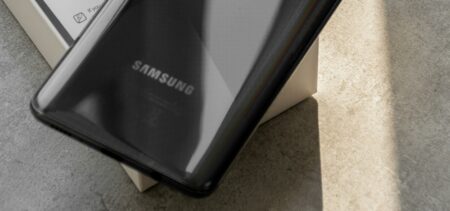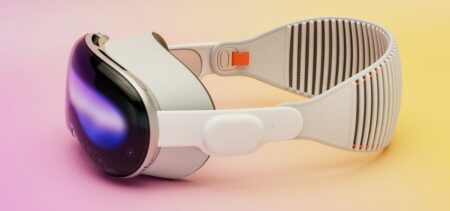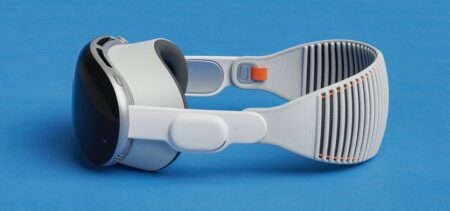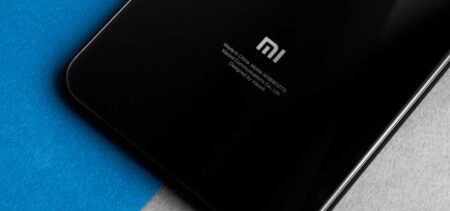The metallic microlattice technology just amazed the Internet due to Boeing’s release of a video depicting what has been dubbed “the lightest metal ever”. Sophia Yang, a researcher from HR (Hughes Research) laboratories, speaks of the qualities and the opportunities induced by this material. Currently owned by GM and Boeing, the HR facility that made microlattice possible dates back to 1960, when Howard Hughes, the American tycoon (entrepreneur, engineer and aviator, among other), moved his R&D facility from Culver City, CA to Malibu, CA.
The Laboratories are renowned for the first functional laser, the early technology for GPS atomic clocks, the ion propulsion system and, allegedly, for the liquid crystal watch development in 1975. And now – for microlattice.
Microlattice Timeline
This material was actually first announced in 2011. It was the result of a joint research of HRL, Caltech, and the University of California, Irvine, led by Tobias Schaedler of HRL. The description of the prototype sample depicted a structure that “consists of a highly controlled, ordered network of interconnected hollow struts made from a nickel-phosphorus alloy”. The 2011 announcement kept to the science terminology and was picked up by science publications, as well as general interest/tech publications.
Four years later, the news reappeared on 6 October 2015, when Boeing published the microlattice video on YouTube. This happened just a day after the announcement of its involvement in NASA’s Game Changing Development Program. The team leader from HRL is the same Dr. Tobias Schaedler. The project further aims at using various materials in order to develop “lighter and stronger cores with innovative truss architectures that will be combined with carbon fiber composite facesheets”, thus building on the 2011 breakthrough.
NASA’s Game Changing Development (GCD) program is part of part of NASA’s Space Technology Mission Directorate and “investigates novel ideas and approaches that have the potential to revolutionize future space missions and provide solutions to significant national needs”, according to their presentation web page. Microlattice would provide better aircraft solutions both because of its strength, as well as its lightness. As the GCD programs takes technologies from the proof of concept stage through testing in relevant environment, next we hear about microlattice we may well expect to find it integrated in a major structure or a vehicle.
How is microlattice produced?
Starting from a polymer template, the production process resembles the fiber optic one. To create the template, the researchers used light to polymerize the photosensitive thiol-ene liquid monomer, which leads to a self-propagating polymer waveguide. By starting such waves in specific multiple directions, the template acquires the intersecting network aspect.
Next, after being cleaned out and dipped in catalyst solution, the template is transferred to the nickel-phosphorous solution, where the nickel-phosphorus alloy is catalytically deposited on its surface until it coats it at the desired thickness. Finally the polymer is removed using sodium hydroxide and a structure of hollow nickel-phosphorus alloy nanotubes becomes the final product. As Dr. Schaedler underlined from the beginning, the structure is practically 99.9 percent air.
Microlattice is pressure-resistant, it mitigates shocks and weighs almost nothing. The concept comes from the bone structure: hard at the exterior, but porous on the inside, or, in the case of birds’ bones, porous and filled with air on the inside.
The laboratory also experimented with different materials: electroplated metals, ceramics, oxides, silica, and other polymers. Nickel – common in nickel metal hydride batteries – was easier to use for fabrication and also presented the 3-D electrode (electrical conductor) in the process of battery fabrication, as opposed to the lithium ion, which qualified as only “promising”.
For a more detailed, in-depth description of microlattice structures, their manufacturing process and possible types (there also is steel microlattice, for example), you may check this paper from Canberra University 2014 Conference on Composites.
What are the proposed microlattice applications?
Some dispute microlattice’s “metal” denomination, arguing that in fact we are dealing with a composite structure that delivers the lightness and resistance features through its architecture rather than through the nickel-phosphorus alloy’s properties. In other words, it’s the structure, not the material that represents a breakthrough. Well, even so, at a time when 3D printing is blooming, the innovative characteristic of this structure might serve well enough the goals declared for the revolutionary microlattice.
The commercial elements in the YouTube video have been identified as directly related to the NASA project collaboration. Microlattice fits perfectly in building spaceships that couldn’t be realized with the previously existent materials, or that lacked efficiency. Less weight, but equal or improved resilience means more efficiency, or even higher travel speed. Fuel-efficient vehicles, spaceships, rockets, Mars – and the train of thought fills in the dots, at the brink of might be an era of fringe science coming to life.
Earlier in 2011 the microlattice was presented as a potential battery material (see above the parallel between nickel and lithium as microlattice compounds, based on their battery potential), and as an extremely resilient material that could increase efficiency in the automotive industry, aerospace industry, acoustics (vibration insulation), thermal insulation applications or medical industry.
Consequently, microlattice is a revolutionary structure that allows fabrication of resilient and conductive materials– as its components are metal alloys. In the same time it has the properties of lightness and compactness. Looking more like a net of fibers, each one of them 1,000 times thinner than a human hair, or like a very fine wire, this structure might push the limits of vehicle industry known so far.
In relation to the main chemical elements utilized (types of metal alloy), microlattice manufacturing can be a process that encounters no raw material shortage problems.



















































